There’s a new trend going around in the commercial space industry when it comes to launch abort systems. All three commercial companies who are putting abort systems on their crewed vehicles have ditched the classic launch abort tower we’ve seen dominate abort systems in the past.

Previous vehicles like the Mercury capsule, the Apollo capsule and even the Soyuz all used an escape tower that sat on top of the crew module, capable of pulling the vehicle away from a failing rocket in a hurry.

And to make this topic even more interesting, we’re seeing another trend in abort systems… SpaceX’s Crew Dragon and Boeing’s Starliner capsules both are using liquid fueled abort motors instead of solid rocket motors.
So today we’re going to talk about the design considerations that have made SpaceX, Boeing and Blue Origin ditch abort towers on their crewed vehicles and we’re also going to evaluate why the heck Boeing and SpaceX are going with liquid motors instead of solid motors.
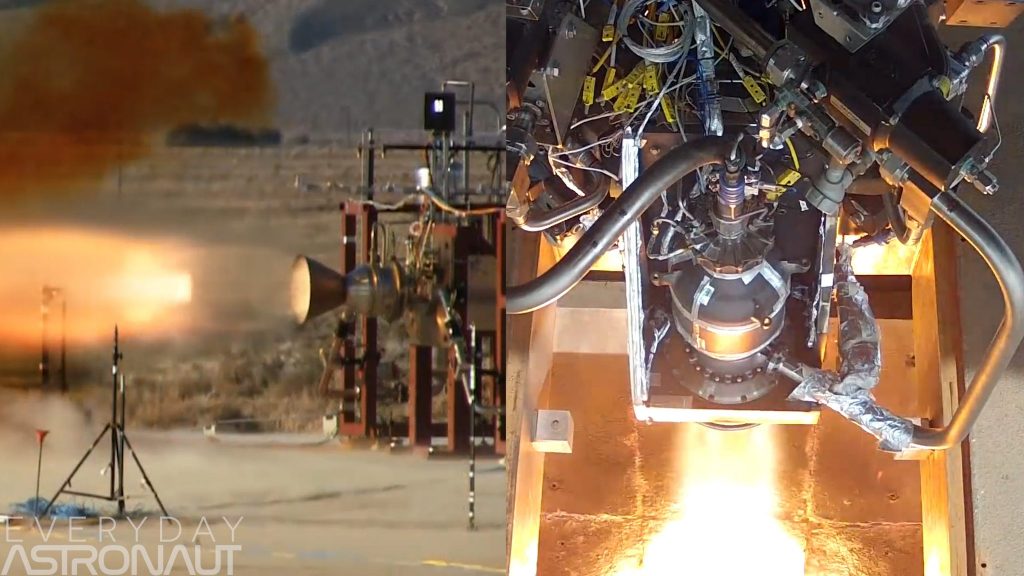
And with both Boeing and SpaceX having experienced serious setbacks and complications with their liquid fueled abort systems, including the loss of a test vehicle, it raises the question… is it even a good idea?….
There’s a lot of fun engineering decisions behind each system, so let’s get started!
Now I’ve talked about abort systems quite a bit in the past. I have a video explaining why SpaceX’s Crew Dragon capsule has fins on the trunk which help keep it pointy end up and flamey end down in the event of an abort, and I have another video talking about why the Gemini Capsule went with an ejection seat instead of a traditional tower.
So for a short rundown on mechanical abort systems, here’s a brief overview. If you’re sitting on top of a skyscraper full of explosive materials, it’s generally considered a good idea to have a way to evacuate quickly if things go wrong.

Now the way abort systems originally worked was by having a trio of wires running down the entire length of the tanks of the rocket. If any TWO of them were severed, it triggered the abort system to fire up the motors and detach the crew module from the rocket within a fraction of a second.
The abort motors have to be powerful enough to pull the vehicle away from a failing rocket as quickly as possible. These systems can pull up to 15G’s of acceleration for a few seconds. Now I’m not saying that sounds like fun…. But…. yeah that actually sounds awful, like being hit by a semi truck for a few seconds continually… yeah, no thanks!
And since the very beginning of human space flight, well at least in the United States, engineers opted for a launch escape tower stuck on top of the capsule. You’ll notice some fancy scaffolding with a few really powerful rocket motors attached to it on the Mercury capsule, the Apollo capsule, the Soyuz Capsule, China’s Shenzhou capsule as well as the upcoming Orion capsule and India’s Gaganyan capsule.
All of these vehicles also use solid rocket motors in the abort system because solid rocket motors are very powerful for their size, can be lit in an instant, are simple, and are relatively safe to have sitting around idle.
This configuration with a tower is called a tractor or a puller system since the motors are in front of the vehicle and they pull the vehicle free as opposed to most rocket motors, which are at the bottom end of a vehicle and push it.
The three newest capsules that will be carrying humans to space have opted to ditch the tractor abort system and go with a different approach called a pusher system. And even more interesting, SpaceX, Boeing and Blue Origin have wildly different reasons for doing so.
So let’s start off with Blue Origin and their New Shepard capsule. New Shepard is one of two players in the suborbital tourism game, competing with Virgin Galactic and their SpaceShip Two space plane. But Blue Origin’s New Shepard is the only one of these two that offers an abort system.
The abort system that Blue Origin decided to go with is a solid rocket motor placed smack in the middle of their capsule underneath what looks like a beautiful table, but is actually a large chunk of blast resistant and high pressure tubing holding the solid rocket motor.
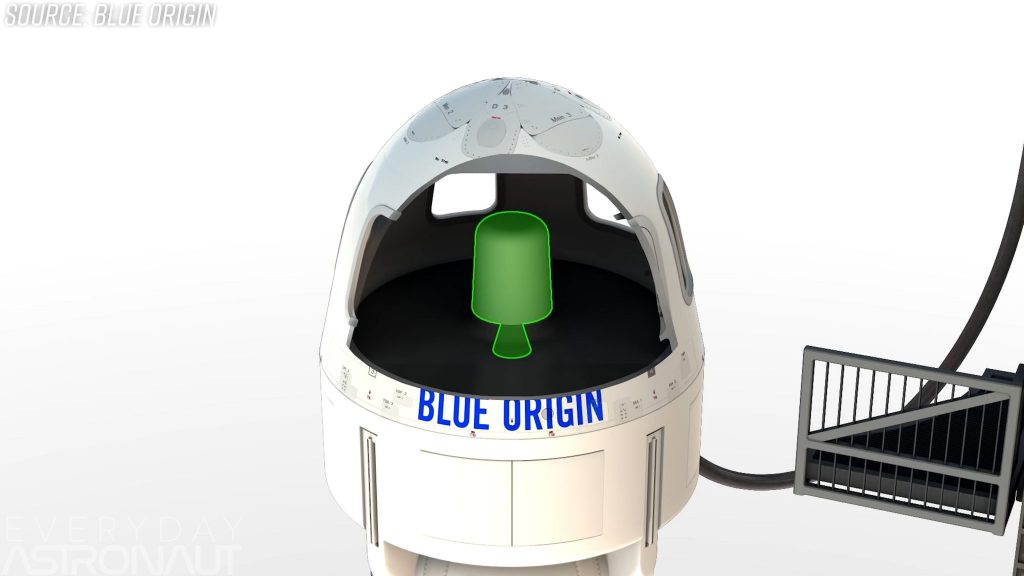
As mentioned before, this makes it a pusher system since the exhaust comes out of the bottom of the vehicle when used during an abort. Now an interesting note with this system is how wobbly it looks when in use… when the vehicle fires its abort motor, it begins to oscillate back and forth and even fully tumbles once.
This is likely because the center of thrust is very close to the center of mass, making it inherently less stable. I talked about this briefly in the video about why the Crew Dragon Capsule has fins on the trunk, saying it looks like New Shepard could use some aero surfaces to help keep it more stable. But, as long as it gets the heck outta there, it’s probably fine!
Anyway, Blue Origin’s use of a solid rocket booster makes sense for this abort system. Since it’s only to be used in an emergency it just kinda hangs out there hoping to never need to be used. Something a solid rocket motor does perfectly.
Its high thrust to weight ratio and safe storage makes it a no brainer for this. So now we can ask ourselves, why didn’t they go with a more traditional escape tower?
First off, the New Shepard is trying to operate as inexpensively and frequently as possible by being fully reusable. It’s booster very impressively lands itself propulsively and the capsule relies on safe and reliable parachutes to make soft touchdowns. The name of the game is little to no refurbishment.
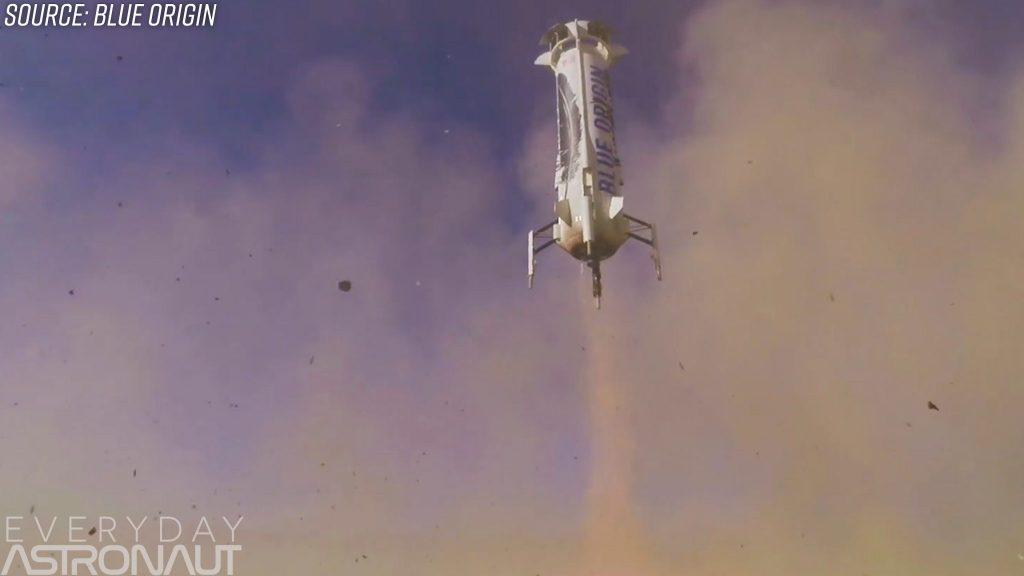
A launch abort tower is traditionally jettisoned once its useful window of operation has passed to free up dead weight from the vehicle. But with a suborbital system that only goes straight up and straight back down, you’d think they could probably just keep a tower on.

Especially since there’s no docking port that would need to be uncovered since the vehicle isn’t docking to anything.
But, it’s probably safe to assume you wouldn’t want to deploy your parachutes in the vicinity of a launch escape tower because there’d be a risk of them getting tangled and the capsule potentially being unstable with a high center of mass.
So in the case of a launch abort tower, mission success relies on the tower being ditched. That raises the question, is it better to design a system that requires a separation event every single flight, or do you want to design a system that only needs to be used in an emergency?
And Blue Origin wouldn’t want to ditch an abort tower in flight since it could land pretty close to their facilities and it would likely be destroyed with each flight, which would add to the cost.
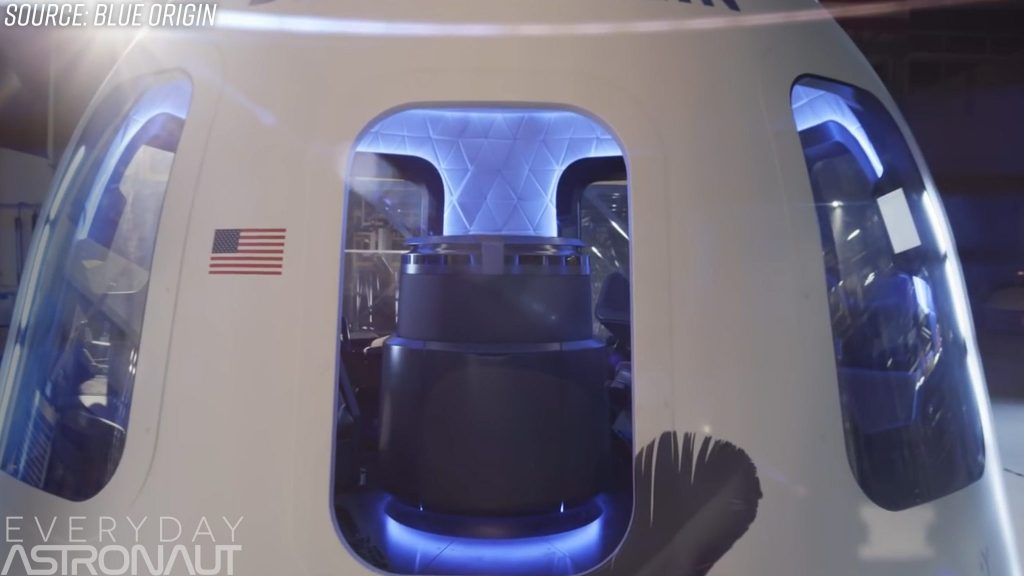
But there’s perhaps an even BIGGER reason why Blue Origin went with a pusher system, and by bigger I mean bigger. Take a look at these puller systems. Do you notice anything missing? Puller systems almost always have a protective fairing or shell that covers the windows and the rest of the vehicle to protect the vehicle if the abort system is used.
Abort motor are insanely violent. It’d generally be a good idea to make sure your windows are covered so you don’t completely obliterate them. Granted some Mercury capsules had a window and an escape tower, but on the Mercury capsule the motors were much much higher on the tower than other systems, and we also did things differently in the early days of human spaceflight that may be frowned upon today.
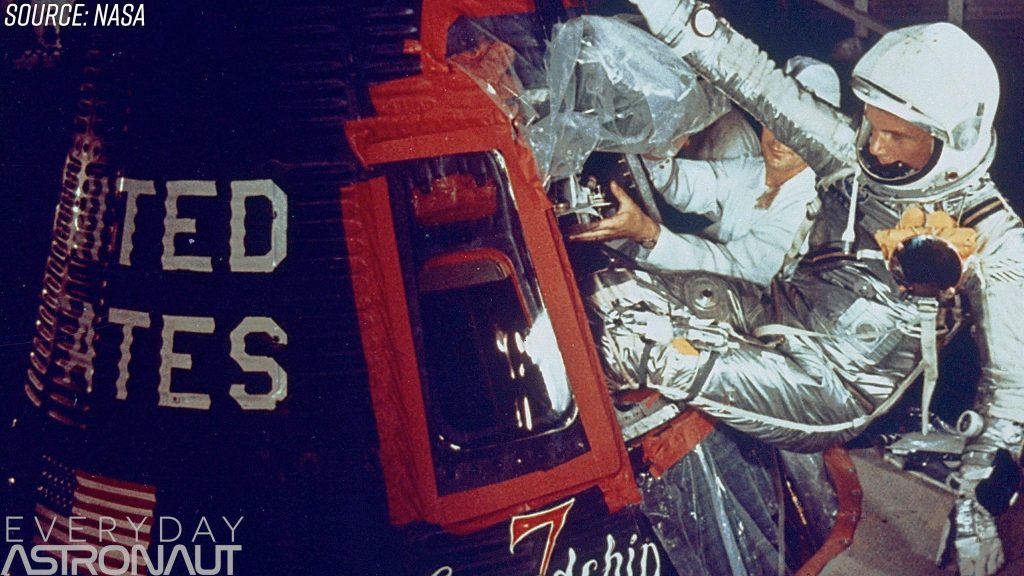
Since puller abort motors and windows don’t typically go hand in hand, covering up the world’s largest windows that go to space would be a pretty big shame. Since New Shepards entire purpose is to provide the ultimate tourist experience with stunning views, they sure want to make sure seeing out those big giant beautiful windows is a top priority.

So for Blue Origin, the use of a pusher type solid rocket motor abort system makes the most sense.
Next up, let’s talk about Boeing’s Starliner and SpaceX’s Crew Dragon Capsules which both were designed for NASA to send crew to the International Space Station. They’re purpose built taxis to the ISS first and foremost although both vehicles may see commercial use for private customers someday.
I’ve already talked about both vehicles and the rockets they ride on and compares them to the Space Shuttle and Soyuz a lot. So if you need a rundown on what the history, the specs and all other considerations of these vehicles, definitely check it out.
Now here’s an interesting thing. Both SpaceX’s Crew Dragon Capsule and Boeing’s Starliner opted to use a pusher system too. They’ve chosen to ditch the tower. BUT, both of these vehicles also opted to use liquid fueled abort motors instead of the more traditional solid rocket motors.
Now you might be thinking, how can a liquid fueled rocket engine be quick and reliable enough to be relied upon for an emergency abort. After all, rocket engines can take several seconds to get the pumps spinning and for ignition to occur… that doesn’t sound like a good option.
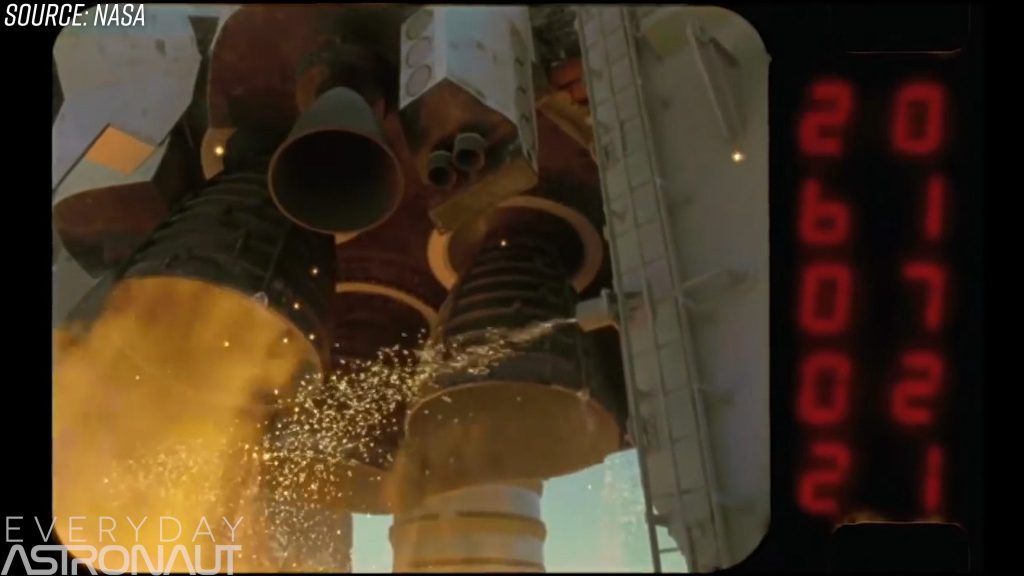
Well, these liquid fueled rocket engines are using a similar system to what’s used in reaction control systems which offer very quick and reliable ignition. They do this by utilizing a pumpless rocket engine known as a pressure fed engine.
Pressure fed engines just have their propellants stored in a very high pressure tanks, they open a valve and let er rip. And to make it even more reliable, the pressure fed engines used for these abort motors run on hypergolic propellants.
Hypergolic propellants burn on contact with each other, so there’s no need for a secondary ignition source like a spark or a flame. This makes the pressure fed hypergolic engine very simple, quick acting, and reliable. A great choice for reaction control and abort motors.
It should be noted that although hypergolic fuels are very stable and reliable, they are also incredibly toxic and nasty nasty stuff.
But why did both companies chose liquid fueled abort motors? There’s a few reasons but it is likely due to increased safety requirements from NASA. They want what’s known as a full envelope abort, or the ability to safely abort at any given point in the flight.
Now solid abort motors can provide this option too, for instance the Orion Capsule’s solid rocket tractor system offers an abort mode for the first two minutes of flight, after which the tower is jettisoned and the second stage of the SLS system or the service module’s AJ-10 engine can provide abort options.
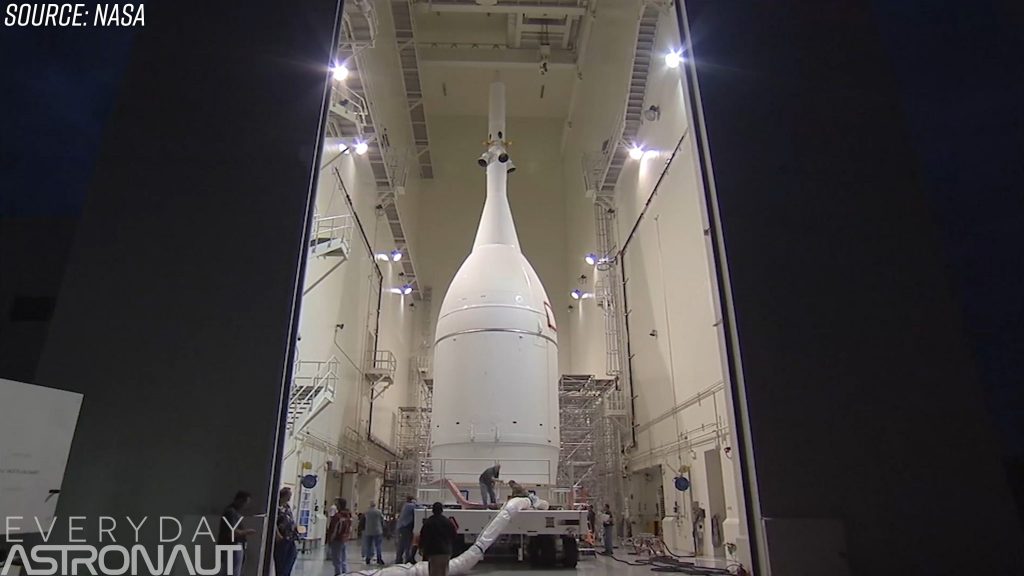
But with liquid fueled motors, they can fire them for less time or lower thrust than a solid motor, which gives them the ability to place the vehicle precisely into a desired trajectory to either reenter safely or abort to orbit, which can make it easier to design a full envelope abort window.
But quite frankly, each company could have gone with a typical tractor solid rocket motor abort system. As a matter of fact, SpaceX’s original concepts for their crew Dragon or DragonRider as they called it back then, was going to utilize a traditional tower and then jettison it on ascent as we can see from this animation SpaceX released in 2010.

So the first reason each company opted for a pusher system is the same reason we talked about before. By removing a separation event, you’re eliminating a potential mission failure scenario. By integrating the abort system into the vehicle, it simplifies the sequence of events needed for mission success.
But integrating the abort system doesn’t necessarily mean they are required to use liquid fuels does it? Well there are two reasons why utilizing liquid fueled abort motors is actually useful or even necessary in an integrated abort system.
First reason is control. Liquid fueled motors can steer and point the vehicle by doing something called thrust differential which is where they can increase or decrease thrust on any of the four motors to help point it the correct way. This definitely helps keep the pointy end up and the flamey end down.
Now there are ways to control a solid rocket motor, but once you light the solid, there is no way to utilize thrust differential. So in order to steer a solid abort tower, one cool way is by having a separate solid motor fire and having multiple valves open and close on each side of the tower.

Take a look at this Orion attitude control motor test. Inside there is a solid rocket motor that lights and cannot be turned off once activated. But in order to provide steering, they can vary how much thrust comes out of any of its 8 valves. To provide neutral input, they just open all 8 an equal amount, which will produce no change in direction.
They stick this unit really high up on the abort tower to provide maximum leverage over the vehicle which helps provide ample control during the abort. I think this is pretty cool!
And with no tower to provide leverage, using solid rocket motors which can’t throttle and provide thrust differential control in a pusher configuration can be a bit of a no no.
But there’s another reason why you can’t actually use solid rocket motors on these two vehicles. Because these vehicles visit the International Space Station, the abort motors also visit the station…

This means 32 times a day, the vehicle has extreme changes in temperature or thermal cycles. Now hypergolics are happy as a clam and stable hanging out in these conditions. As a matter of fact, there’s hypergolics on the station as we speak.
But thermal cycling a solid rocket motor that much could potentially lead to some unintended booms. That’s definitely not a good thing when attached to the world’s single most expensive piece of machinery with precious human lives onboard.
Ok, so why even bother integrating the launch abort system at all, this all sounds like an awful lot of trouble so far. Well besides the simplicity of an integrated system not needing to separate, the two companies actually have different reasons for their integration.
Boeing modified some Aerojet Rocketdyne RS-88 Bantam motors to run on the same fuel as their reaction control system that is part of the service module of Starliner instead of the alcohol and liquid oxygen they normally use. The service module also houses the solar panels and radiators of the vehicle.

By using the same fuel for abort and reaction control, it means in a nominal mission, the abort system obviously isn’t utilized which means the extra propellant can be used for other things.
Besides having more fuel for orbital maneuvering, you also end up with spare propellant to potentially help reboost the International Space Station! This is something only Russia’s Progress resupply vehicle and the Cygnus Cargo Vehicle can do currently, and the retired Space Shuttle and ATV vehicle could do previously.
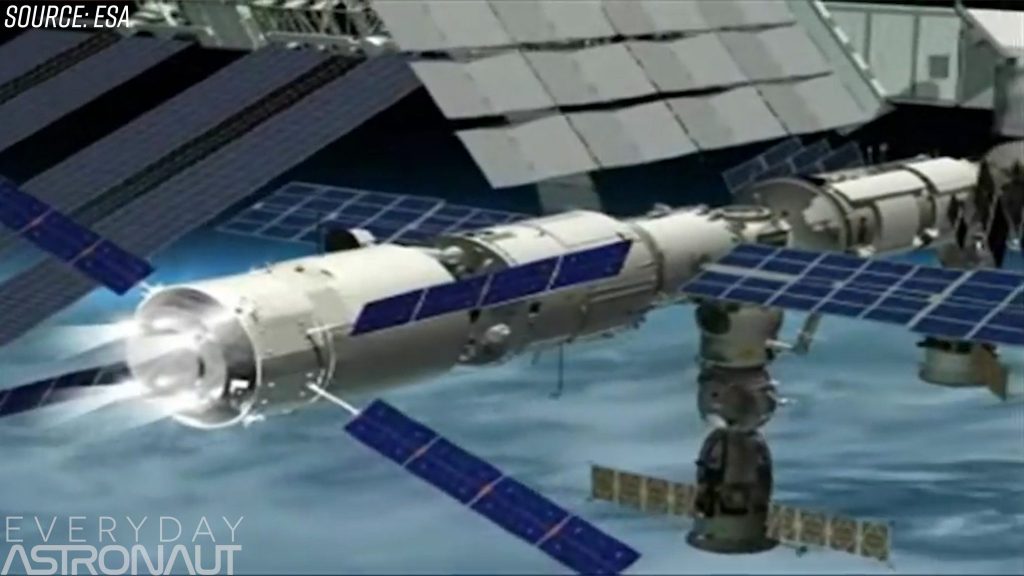
Having the ability to reboost the station is definitely a nice selling point. Although we don’t have any confirmation whether or not the Starliner will ever perform this maneuver, having the option isn’t a bad thing.
But now for SpaceX, perhaps their biggest reason why they didn’t want to ditch the motors is because they designed the Dragon Capsule to be reused as much as possible. This means by integrating the abort motors to the capsule itself, they would recover them with each flight.

But ironically, the Dragon Capsule is less reusable than the Starliner since the Crew Dragon Capsule splashes down as opposed to the Starliner which lands on land. This means the Crew Dragon Capsule will never be reused for crew and will only be reused as a cargo vessel.
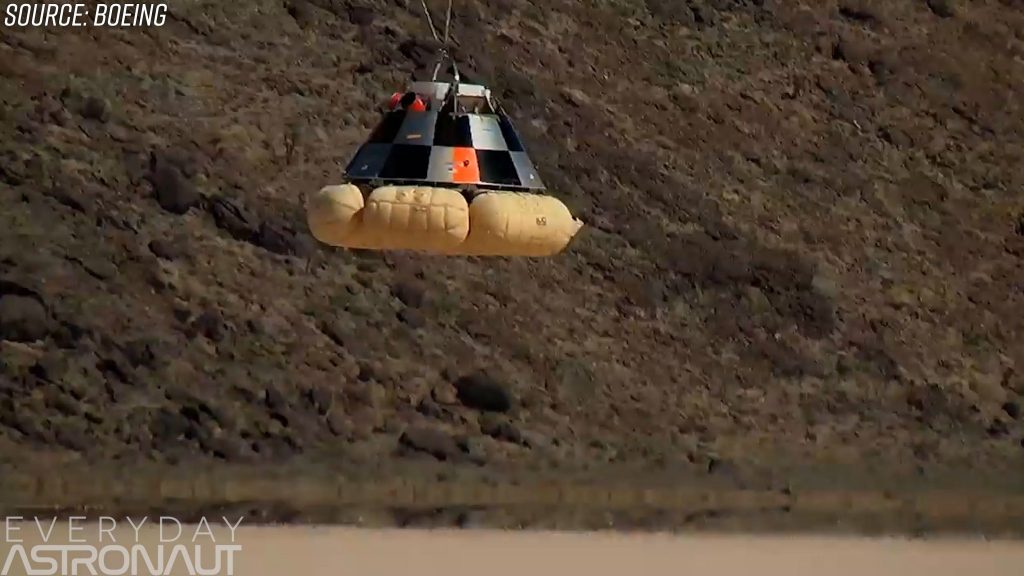
And to make it even more ironic, the Starliner, which lands on land and can be reused up to 10 times, ditches its abort motors with each flight as the service module which houses the abort motors is jettisoned before reentry.

So the vehicle which lands on land ditches its abort motors and the one that lands in the ocean keeps its abort motors. Interesting.
But the main reason why SpaceX’s Crew Dragon has the SuperDraco liquid fueled abort motors in the first place isn’t just for abort options. They originally intended to land the Dragon capsule propulsively.

YES. That’s right, they originally intended to land the Dragon Capsule much like SpaceX lands its Falcon 9 and Falcon Heavy rockets. Riding pillars of flames!!! AHHHHH.
The original reason for landing propulsively was for rapid and easy reuse of the vehicle. Not only that but also so the Dragon Capsule could land on Mars! SpaceX’s original goal with Dragon was to land it on Mars for a mission dubbed Red Dragon, but the whole propulsively landing idea got scrapped.

SpaceX gave up on pursuing propulsive landing with the Dragon Capsule mostly because NASA really wasn’t interested in the concept, as it required far too much additional work to certify.
I have a video that goes on all about why SpaceX cancelled propulsively landing their Dragon Capsule here. So check that out if you want to know the whole story.
So now that we’ve talked about why each company ditched the tower and why both Boeing and SpaceX have opted to use liquid fueled propellants for launch abort systems, it raises the question… is it a good idea?
Both Boeing and SpaceX have had problems when testing their liquid abort systems. Boeing experienced an anomaly with a Starliner test vehicle in 2018 when preparing to do a pad abort test where hypergolic fuels leaked out of the vehicle.
SpaceX had something more energetic happen in 2019 when preparing to do a static fire test prior to an inflight abort test with their recovered DM-1 Crew Dragon capsule.
In my opinion, these will all get worked out. The fuels used in these systems are the same or very similar to almost all orbital spacecraft. After all, satellites often use hypergolic fuels and a liquid motor to do their orbital maneuvering, the Space Shuttle had hypergolic fuels for its orbital maneuvering system, hypergolics are ALREADY used on Dragon 1 for well over a dozen missions, and there has rarely been an issue with these systems.
In general, these systems can be safe, simple and reliable. So why are we seeing such major problems arise when testing them?
Well, the public relation answer is “that’s why we test”, but I think the real answer is more like, when testing, you might do things that are outside of the norm. Like cycling systems over and over, or refueling multiple times a day. A testing campaign often has variables that can be overlooked and more harsh than real world environments.
The fact that errors and problems have occurred on the ground is a good thing in the long run and will make for a safer and better vehicle.
Liquid fueled abort system are useful, potentially reusable, and actually make for a simpler spacecraft and mission profile. Not to mention when not used, they can be utilized for other purposes such as reboosting the ISS or even propulsively landing, although we probably won’t see either of those ever happen.
I think each company will be learning from the failures of the systems and I have little doubt this will all be sorted out before we put humans on board. Hopefully sooner rather than later.
So it is interesting that we went from one common form of launch abort to suddenly three 21st century companies using wildly different systems. But in the long run, each company has a unique reason behind their engineering decisions, which I find fun!
So does that help answer the question of why companies have scrapped abort towers or why they using liquid fueled rocket motors? Let me know if you have any other questions about this topic in the comments below.
In keeping with this trend of talking about escape systems, I plan on making a video about why SpaceX doesn’t plan to use an abort system on their upcoming Starship and help answer the question of whether or not that’s a good idea.
If you want to help me continue to do what I do, please consider supporting by becoming a Patreon member! Patreon members gain access to our exclusive subreddit, an exclusive discord channel, they get bonus material AND exclusive livestreams!






Great video/article! What kind of abort system do you think Starship will have? It will have to be super-reliable for carrying passengers but not add a lot of weight or cost. Could the Raptor engines be injected with hypergolic fuel for instantaneous thrust during an abort??
Interesting article. But surely Soyuz capsules have solid retros for landing, so the thermal cycling docked to ISS can’t be that severe a factor?
All these thrusters seem to point out at about 30 degrees. This probably makes sense for the towers, but why do the other designs also have angled thrusters. That should cost them 1 – cos(30) ~= 10% performance?
What i couldn’t figger out from the videa was if it really saved lives before. I saw a big rocket explosion, but was the crue rescued?
Can you make a video about the roast battle that is going on between NASA and Space X?